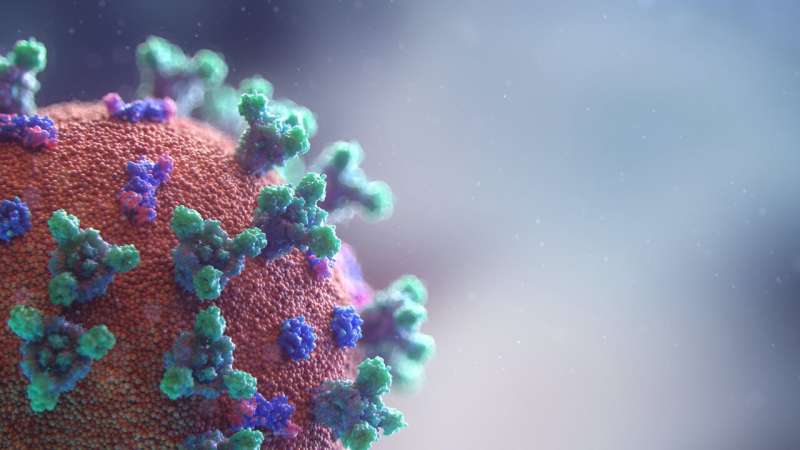Understanding Why Pupils Dilate When We're Aroused: Insights from Anatomy Experts

Explore the science behind pupil dilation during arousal and emotional responses, including the role of the autonomic nervous system and social bonding cues.
Pupil dilation during moments of arousal is a well-recognized phenomenon often depicted in literature and pop culture. When someone is attracted or stimulated, their pupils tend to enlarge, signaling heightened interest or emotional response. But what exactly happens in the eye to cause this change?
The pupil is the black opening in the center of the iris, controlling how much light enters the eye. Under bright lighting, the pupil constricts to about 2–4 millimeters, whereas in darkness, it expands to 4–8 millimeters. This adjustment is regulated by two groups of muscles within the iris: the sphincter pupillae, which constrict the pupil, and the dilator pupillae, which enlarge it.
The size of the pupil is regulated by the autonomic nervous system. Specifically, the parasympathetic branch stimulates the sphincter muscle to constrict the pupil, often in response to bright light or relaxation. Conversely, the sympathetic nervous system activates the dilator muscle, leading to pupil dilation, which occurs during 'fight or flight' responses, stress, or arousal.
When a person becomes emotionally or sexually stimulated, signals from the sympathetic nervous system cause the pupils to enlarge. This response is linked to survival instincts—enhancing visual sensitivity and preparing the body to react—hence its association with states of excitement and attraction.
Interestingly, studies have shown that pupil dilation is also influenced by individual differences including sexual orientation and preferences. Research indicates that heterosexual men, for example, tend to have larger pupils when viewing erotic images of women, aligning with their preferences. Similarly, gay men respond with pupil dilation to images of men, while women’s responses may vary more broadly.
The attractiveness of larger pupils has also been a subject of fascination. A study involving young adults found that pupils with a diameter of around 5 millimeters are perceived as most attractive. Historically, during the Renaissance, women used eye drops derived from belladonna—a plant containing atropine—to artificially dilate their pupils for a more seductive appearance, although this method was dangerous.
Pupil size also plays a role in social bonding. Elevated oxytocin levels, a hormone associated with trust and connection, can enhance pupils’ responsiveness to emotional cues, promoting empathy and social interaction. Moreover, synchronized pupil responses between individuals—known as pupil mimicry—have been linked to better teamwork and mutual attraction, showcasing how subconscious processes influence human connection.
Several substances and medical conditions can also cause pupils to dilate. These include stimulants like amphetamines, certain medications, illicit drugs, and neurological conditions. Persistent dilation—mydriasis—should prompt a consultation with a healthcare professional.
In summary, pupil dilation during arousal involves complex neural mechanisms dictated by our autonomic nervous system. While enlarged pupils can signal attraction or emotional states, they are not definitive indicators of feelings. Context and additional behavioral cues are essential for accurate interpretation. Understanding these physiological responses provides deeper insight into human emotion and social interaction.
Stay Updated with Mia's Feed
Get the latest health & wellness insights delivered straight to your inbox.
Related Articles
Understanding How the Brain Manages Blood Flow on Demand
Recent research uncovers the cellular mechanisms by which the brain dynamically regulates blood flow to active regions, advancing our understanding of neurovascular coupling and its implications for brain health and neurodegenerative diseases.
The Vital Role of Mitochondria in Maintaining Brain Health and Function
Discover how mitochondria influence brain health, memory, and neurodegenerative diseases like Parkinson's, with potential pathways for innovative treatments.
Puppies as Mobility Support: Enhancing Quality of Life for Children with Impairments
A recent study reveals that children with walking impairments experience significant quality of life improvements after six months living with mobility assistance dogs, enhancing physical, social, and emotional well-being.
Vitamin D Levels and Their Impact on COVID-19 Hospitalization Risk
Emerging research indicates that low vitamin D levels may increase the risk of hospitalization due to COVID-19. Maintaining adequate vitamin D could be key to reducing severe illness, especially among vulnerable groups. Learn more about the connection between vitamin D and COVID-19 outcomes.



